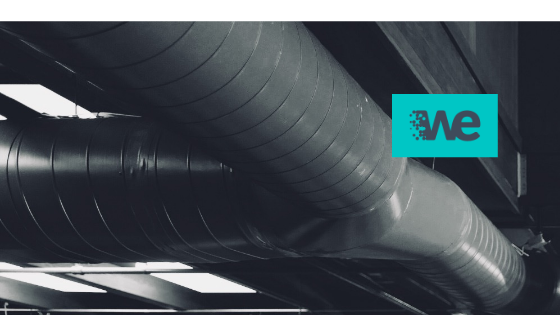Is LEV Testing Required if we’ve made changes to the System?
Your LEV equipment needs to be tested every 14 months by a trusted professional. But what happens if you need to make a change to it in the intervening months?
An increase in your business’ manufacturing output may mean that your current LEV system no longer meets regulatory standards. However, a complete overhaul of your equipment is rarely required; instead, the necessary changes can often be made by retrofitting or installing additional components.
I’ve Made Changes to My LEV System – What’s Next?
It is important to consider the implications of making a change to your LEV system.
The amended part of the system must be tested to ensure it is working to the required standard. However, it is rarely necessary to test all systems on site. Therefore, the associated cost is usually lower.
The inspection must be carried out by fully qualified LEV technicians to ensure that the equipment meets regulatory standards.
Why is a Retest Required?
- HSE COSHH regulations state that LEV equipment must be re-tested when any systematic changes are made. HS(G)258 – the guidance for testing LEV – reinforces this and explains in further detail (page 73).
- Your LEV technician may not have tested (re-commissioned) the changed part of the system after making the necessary changes.
- The re-test serves as an independent check on your LEV system and advises on any necessary improvements.
- External auditors may come in to check over your health and safety and quality systems, as well as associated paperwork. If the LEV has not been re-tested following system changes, you will be found to be in a state of non-compliance.
- Thorough, regular LEV examination and testing is designed to ensure that your systems are in correct working order. If the equipment is found to be faulty or unsuited to its intended purpose, this represents a failure of a key COSHH control measure. Until this is successfully resolved, your staff are under unnecessary risk.
- A retest after any system change may show that it requires re-balancing; an approved engineer is needed to make adjustments to ensure it is working in line with specification.
How is Testing Carried Out?
There are 3 stages to a thorough LEV examination and testing:
- A visual examination of the equipment’s condition
- Measuring of your system’s airflow and pressures
- An overall check of performance and assessment of control by a competent person.
What Do I Need to Do After the Re-Test?
After the re-test you should take the opportunity to review the COSHH risk assessment and revise your action plan to maintain control.
This is also a good time to consider re-training for staff to emphasise the procedure and explain reasons why control is important.
Summary
Ultimately, testing your LEV equipment after a system change is not an optional ‘extra’, but essential to the safe future operation of your business. It also ensures your business is in line with regulation.
Our approach
Get in touch with Workplace Exposure, either give us a call on 0800 689 4386, or fill in our enquiry form to discuss your monitoring or consultancy requirements.
We’ll then provide you with a no obligation proposal, we can often give an initial idea of fees whilst we discuss your needs.
Once you’ve accepted our proposal we can then schedule the work.
Following our site visit we’ll provide you with a comprehensive report giving you advice, recommendations and control measures where appropriate.
Implement the outcomes for compliance and a happier healthier workplace.
